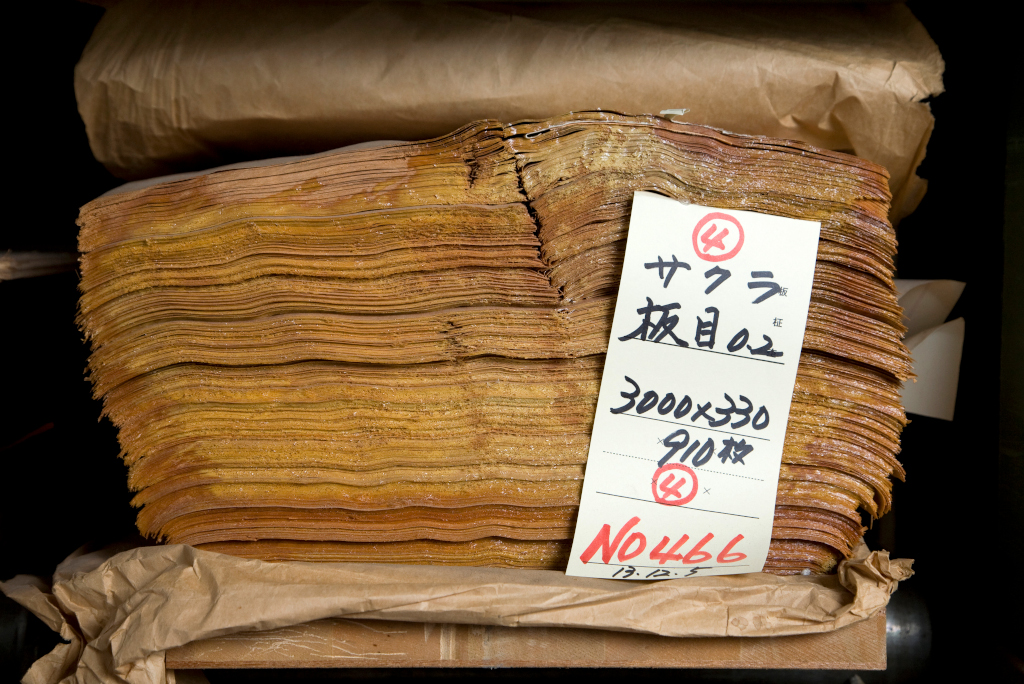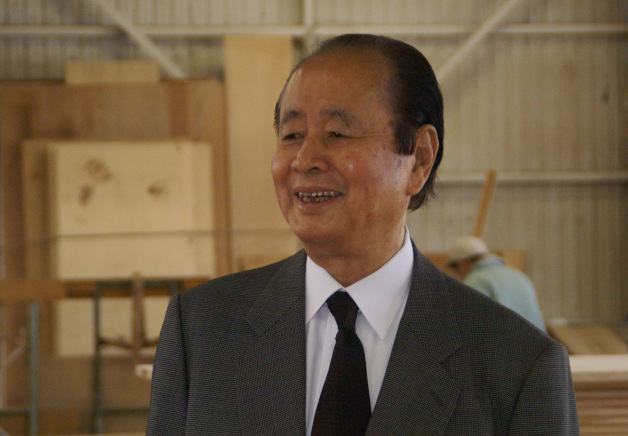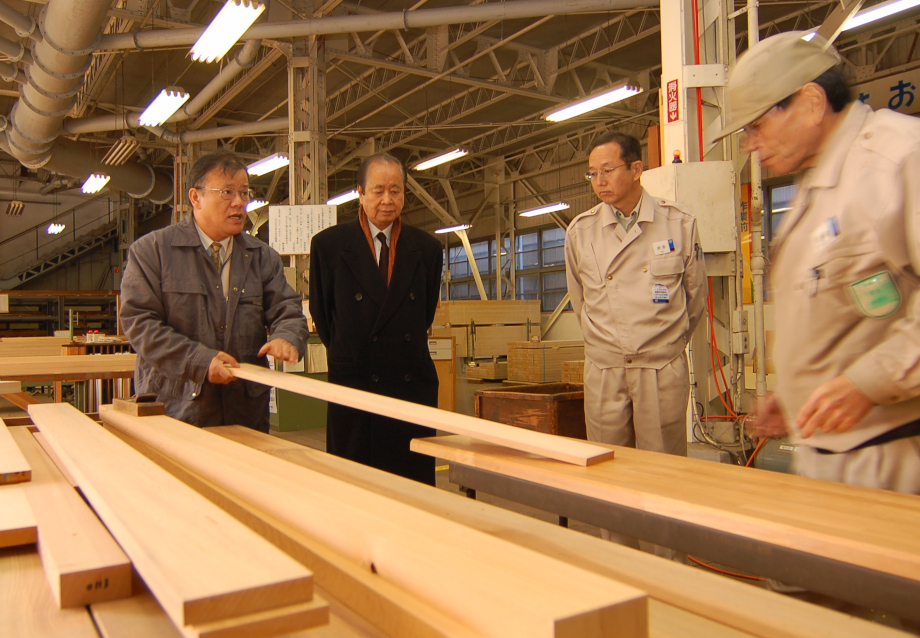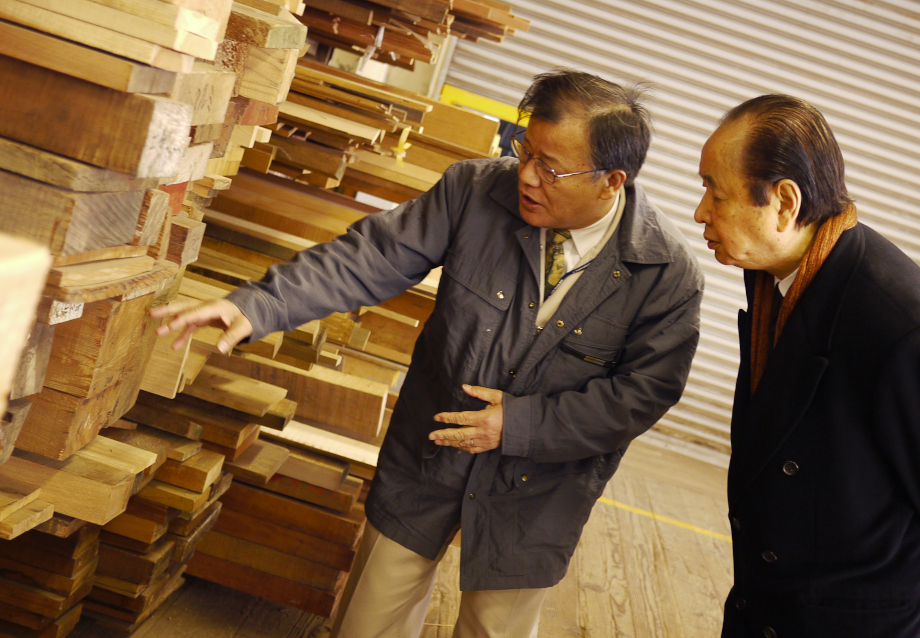
April 21, 2011
It’s Time to Remind Society of Wood’s Intrinsic Value
Shozo Baba (Representative Director, Construction Information Systems Laboratory, K.K.)
Shozo Baba is an architectural consultant who’s been involved in various construction, redevelopment, and other projects as a producer and advisor. He is highly knowledgeable about lumber. “Right now, there are strong tailwinds for lumber,” he says when asked about the current environment for lumber and architecture. These words bode well for those pondering the future possibilities of lumber.
Falling prices, deregulation, and improved processing technologies
The potential demand for wood is very high because it creates such comfort in human environments. Using wood also helps protect the environment by maintaining and improving our forests. However, university architectural programs do not teach students how to use wood. Market conditions have also discouraged the use of lumber in the past, even when the desire to exists, because lumber prices have been quite high since 1965. Things have changed recently, however, and the cost of domestic lumber has dropped by more than one-half over the past 10 years. Fireproofing regulations on lumber have also eased considerably. Regulations now allow the use of lumber measuring at least 5-cm thick as a fireproof material, for example. These developments coupled with the rising demand for lumber as an eco-friendly material have generated strong tailwinds for the lumber market. The many advantages of wood are now being recognized, thanks to technological progress in areas such as nonflammable treatment. Another example of technological progress is that wood grates attached to windows have been shown to enhance a building’s seismic performance. New ways to use wooden materials are thus developing rapidly.

The “weaknesses” of solid wood can also be its most attractive aspect.
The veneer sheets (thinly sliced sheets of natural wood) used in flooring, doors, and other applications make it possible to take advantage of the beauty of wood grain using just a small amount of wood material, free of the knots and warping that are considered weaknesses of solid wood. But I think these so-called weaknesses as a building material, along with the irregularity of wood grain, may be the very things that make wood so attractive. In addition, solid wood can be made even more attractive depending on how it is used. For example, it makes sense to use solid natural wood on just one surface rather than throughout the entire room in a reception room. Doing so can make the nature of the wood stand out and give the room a more refined feel, while using only small amounts of solid wood materials.


Shifting the focus from low costs to the use of good materials
In today’s difficult economic times, most industries are working hard to achieve lower prices. But making low cost the ultimate goal contributes little to our culture. Fortunately, a countertrend is emerging. People are willing to pay a little more for good materials. I think this will lead to a renewed understanding of the positive characteristics of real wood. In the old days, it is said that the tea master Sen no Rikyu chose to use tea utensils that were of high-quality, even if they didn’t look special to others. Society only came to recognize the value of such items later. I think there’s a need for those involved in architecture to choose quality wood materials and use them in quality structures. We can communicate the value of wood to society through such efforts. This approach will also help protect and advance Japan’s proud culture of woodworking.
Profile
Shozo Baba

Representative Director, Architectural Communication Consultant, Ltd.
Shozo Baba was born in Kawagoe, Saitama Prefecture, in 1935. He graduated from the Department of Architecture, First School of Science and Engineering, Waseda University in 1957.
After graduating from the Department of Economics, First School of Political Science and Economics, in 1959, he joined Shinkenchiku-sha Co., Ltd. that same year. He was named editor in chief of Shinkenchiku magazine in 1964, and founded Construction Information Systems Laboratory, K.K. (his current position) in 1990.
Mr. Baba tours Shimizu Corporation’s Tokyo Mokkoujou Arts & Crafts Furnishings
Great expectations for the treasure trove that is Tokyo Mokkoujou
At the time of this interview, Mr. Baba toured Shimizu’s Tokyo Mokkoujou Arts & Crafts Furnishings. “It’s truly a treasure trove, isn’t it?” he exclaimed. He went on to discuss his high expectations for the future of Tokyo Mokkoujou. “I think if you showed this to architects, most would be enthusiastic about using more lumber in their projects. Have you considered, for example, making factories or offices out of wood and using them as a model for promoting wood structures? I’d love to see Tokyo Mokkoujou expand the scope of wood use by proposing designs and products that take advantage of the supposed disadvantages of solid wood, including knots and other irregularities.”


Mr. Baba enthusiastically observed the woodworkers, the machinery, the lumber stock, and other aspects throughout the tour.
Conclusion
When speaking about wood, Mr. Baba was sometimes passionate and sometimes gentle. His attitude conveyed how much he cares about wood. “Actually my family was lumber dealer. I played on logs as a kid.” he says, explaining how he came to love wood as a child. “That’s why I feel such a strong affinity toward wood.” His smile while reminiscing about the old days showed us the true source of wood’s appeal.
